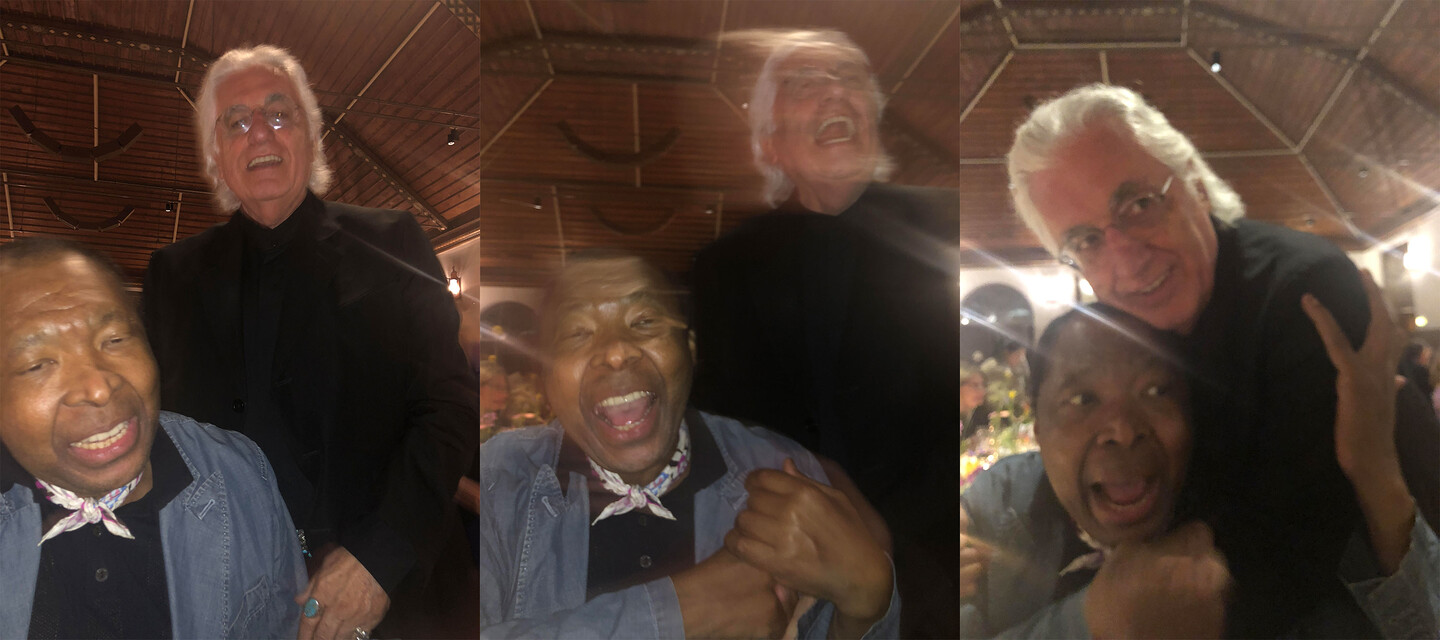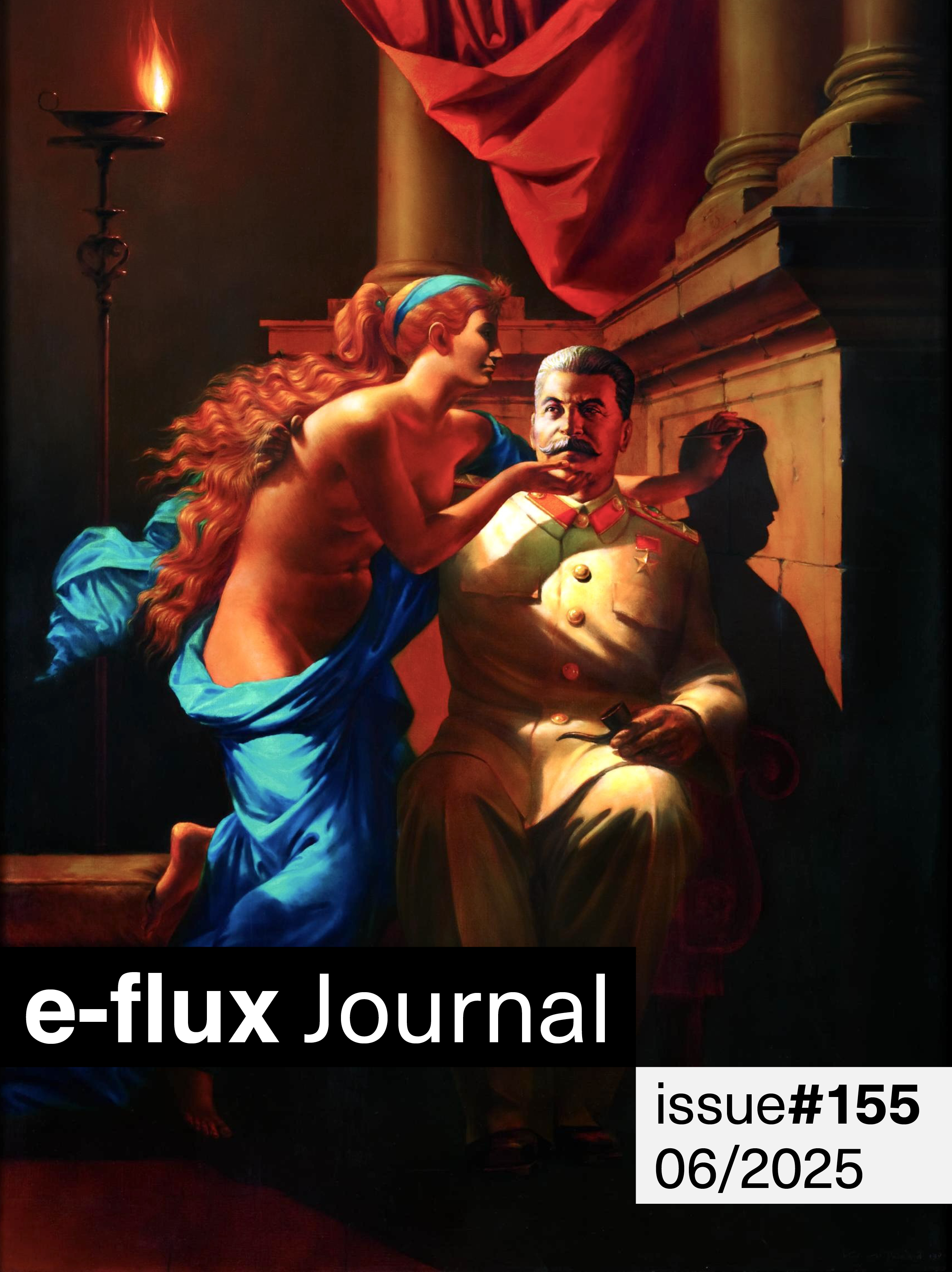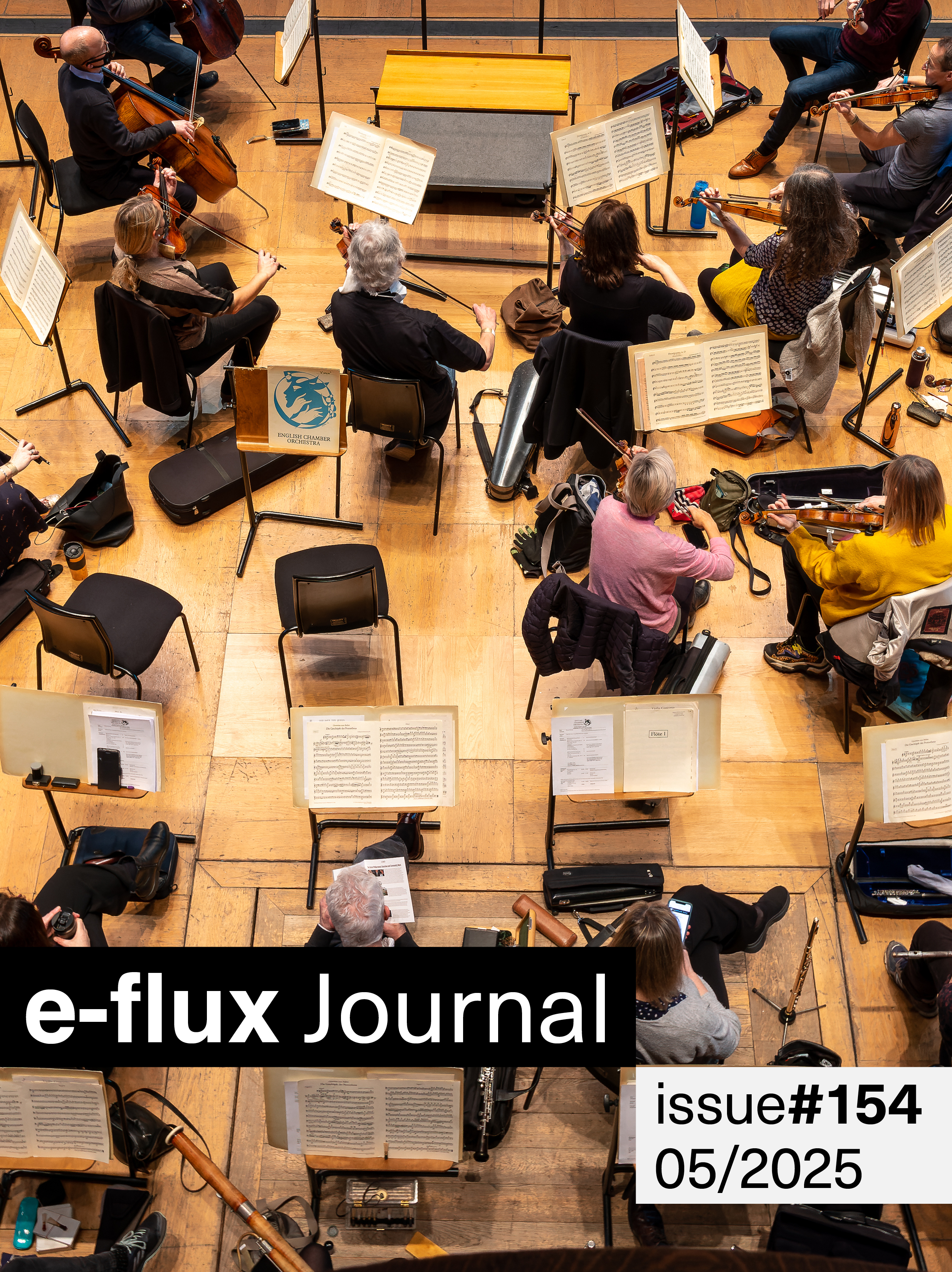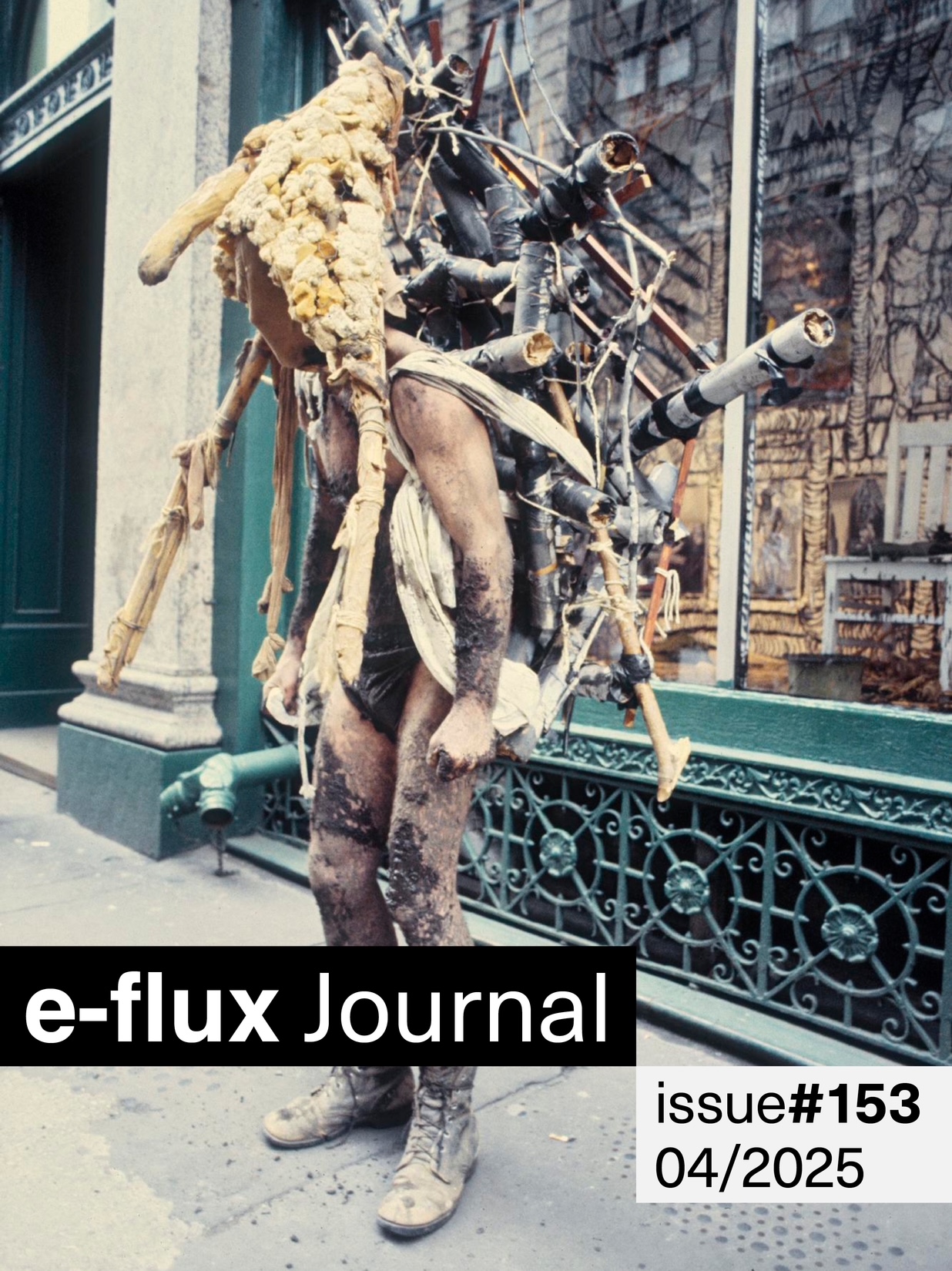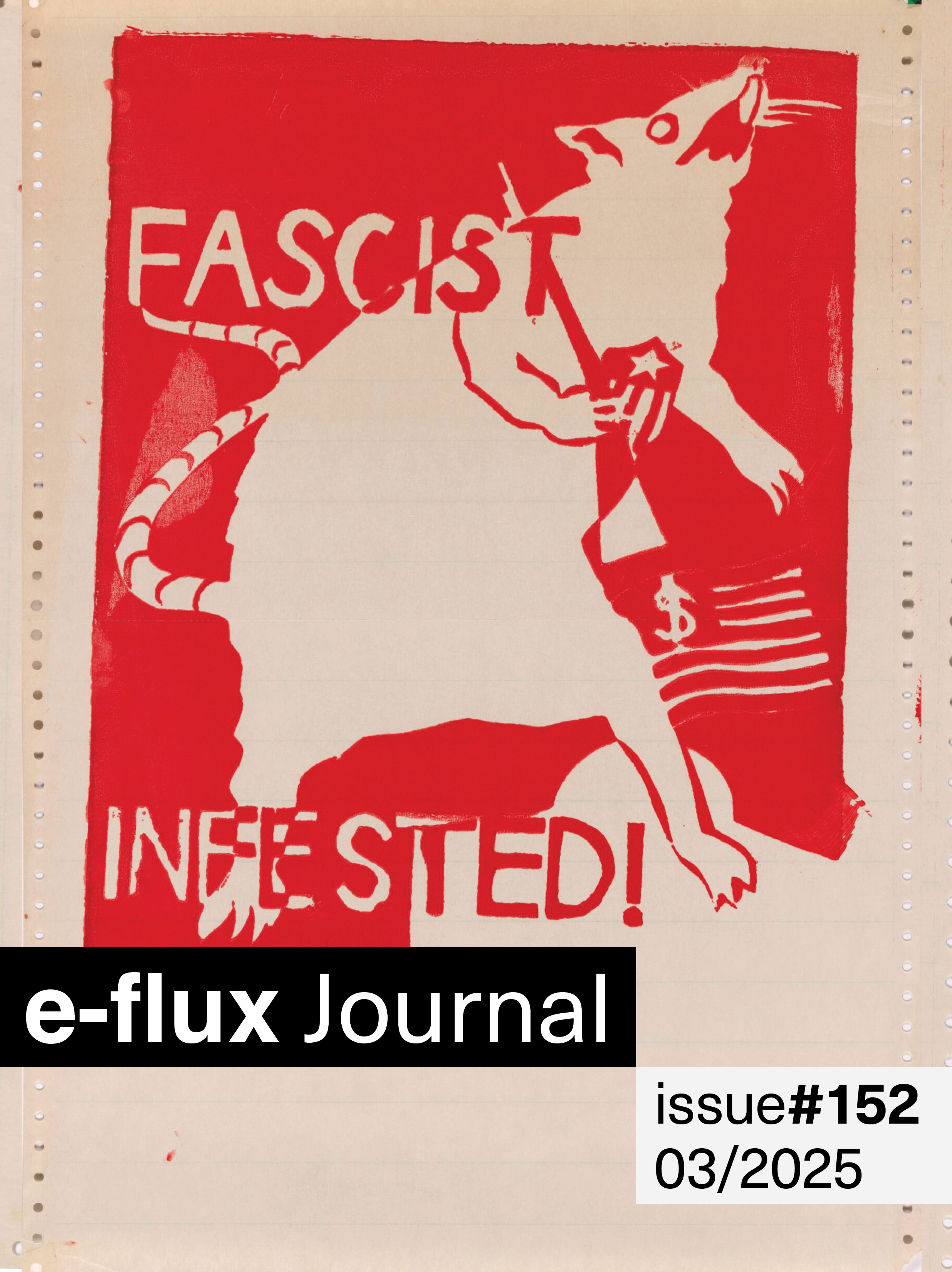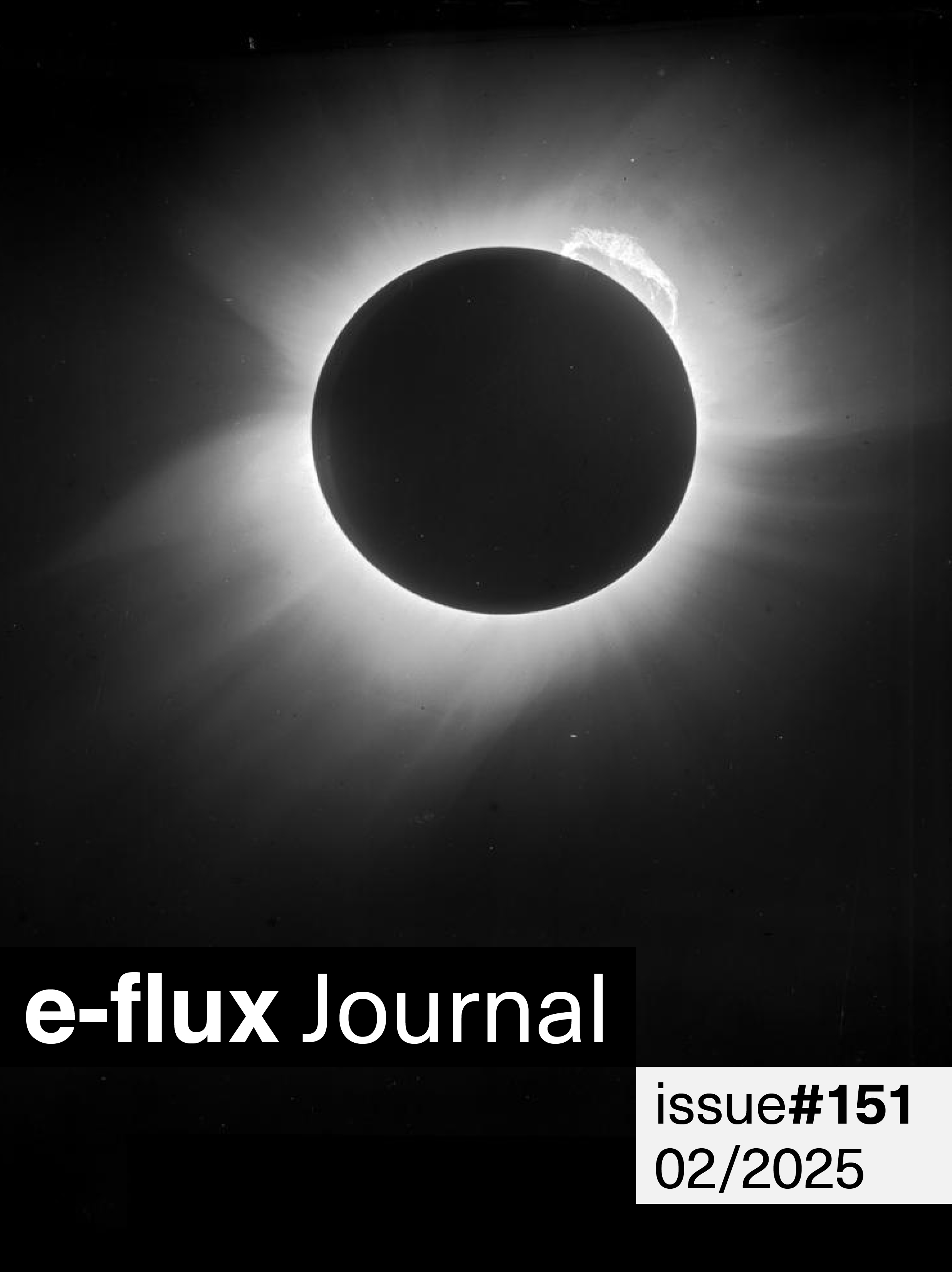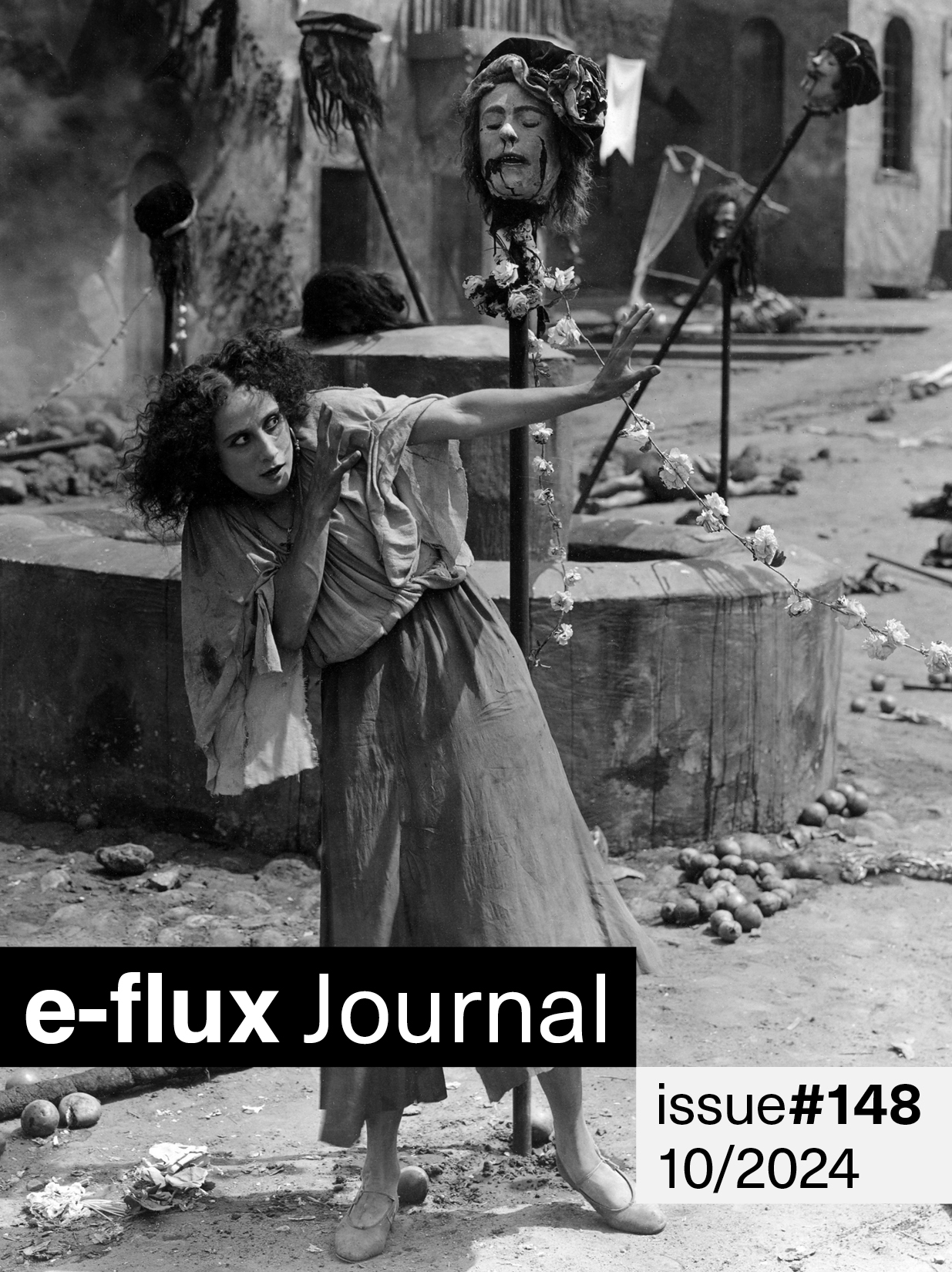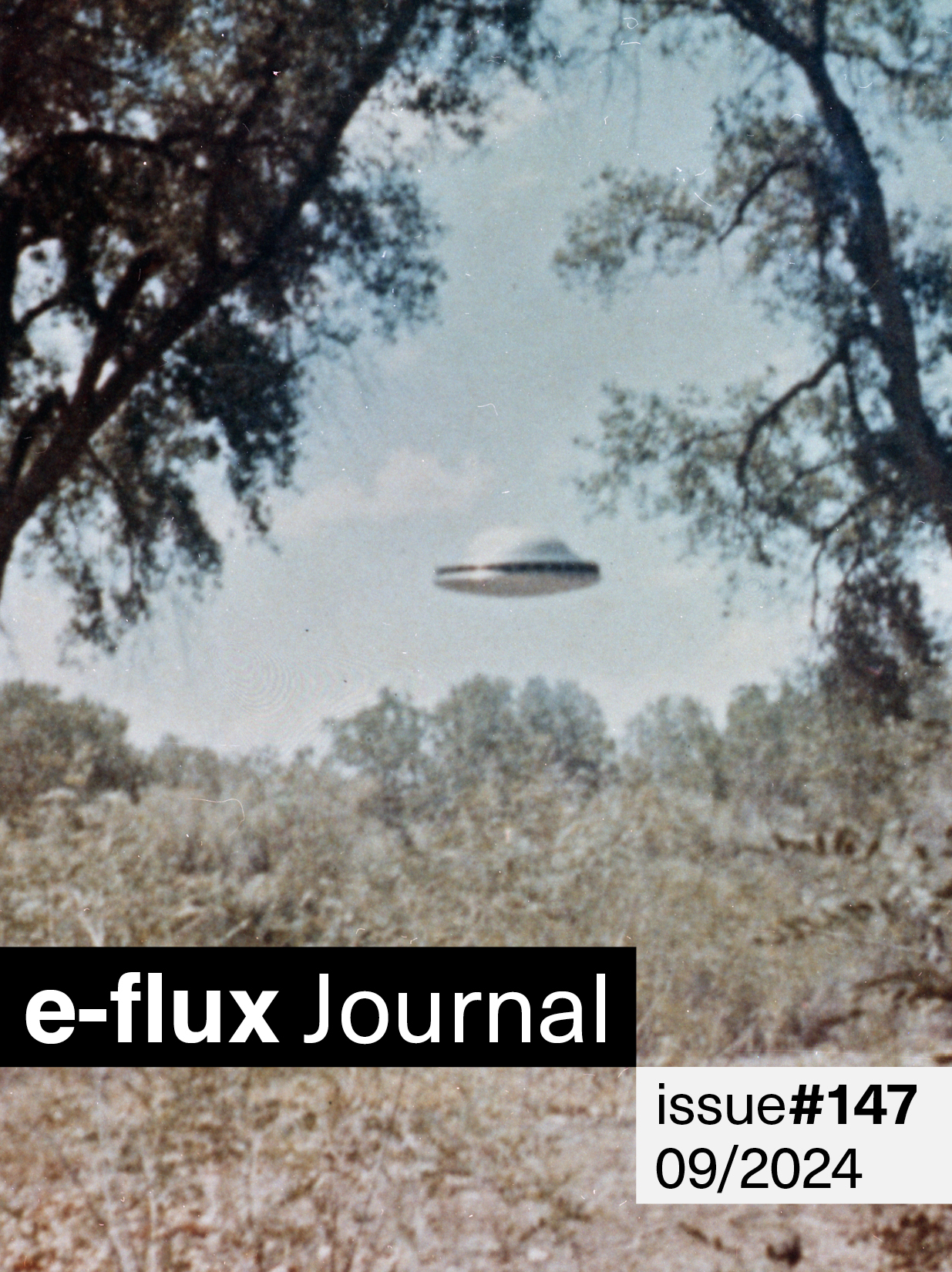Shumon Basar and Hans Ulrich Obrist
The art historian, critic, and curator Germano Celant passed away on April 29, 2020, in Milan. Perennially clad in black, his hair a mane of swept-back white, he was as distinctive a physical presence as his presence has been in the art of the twentieth and twenty-first centuries. Described to us once as “a living Vasari”—a reference to the pioneering sixteenth-century author of Lives of the Most Excellent Painters, Sculptors, and Architects—Celant’s sustained output over the last six decades is a map that connects Italian avant-gardes to accelerated internationalism. Celant’s love for history’s radical turns in turn became the very engine through which he managed to shape institutions old and new. Celant produced and reproduced reality, par excellence. Here, we recall how he did this, and why that mattered.
Baroque Beginnings
Celant studied the Renaissance and the Baroque with the legendary art historian Eugenio Battisti at the University of Genoa in the early 1960s. Battisti’s 1962 book, L’antirinascimento (The Anti-Renaissance), became one of Celant’s formative influences. L’antirinascimento was later described by Christopher S. Wool as covering “a whole range of material and topics that don’t fit—automata, magic and talismanic images, wonders and portents, the Wunderkammer, astrology, alchemy, the topoi of the witch and the old man.”
This eclectic synthesis of knowledge fields became a model for what Celant would later pursue. And from Battisti’s understanding of the Baroque, Celant told us he discovered that “there was no distinction between architecture, design, decoration.” What emerges is a total space where disparate categories can meet. The Baroque’s heightened use of sensory effects to stage drama and emotion, the “need to be surrounded by something,” as Celant said, also became the DNA for all that was to follow in his output.
Guerrilla Warfare
In 1963, Celant started to write for Marcatré, the leading interdisciplinary magazine in Italy, where art sat alongside cinema, design, and theory. Soon he also joined the architectural journal Casabella. In his capacity as art critic for both publications, he began to visit and befriend artists of previous generations, such as Lucio Fontana. But more importantly, he developed relationships with artists of his own generation throughout Italy.
This led Celant in 1967, at the young age of twenty-seven, to curate his first seminal show, “Arte Povera – Im Spazio,” in Genoa’s Galleria la Bertesca. It marked the beginning of Arte Povera as an aesthetic, philosophical movement, whose ideas were refined in a manifesto-like text published in Flash Art the same year, entitled “Notes on a Guerrilla War.” Two years later, an eponymous book was released that included the artists Giovanni Anselmo, Alighiero Boetti, Luciano Fabro, Michelangelo Pistoletto, and many others.
As Celant put it, “each of these artists chose to live with direct experience, and feel the necessity of leaving intact the value of the existence of things.” (These now feel like premonitory words in relation to the extinction and environmental crisis we face today.) Celant described the need for a “shift that has to be brought about … the return to limited and ancillary projects where the human being is the fulcrum and the fire of research, in replacement of the medium and the instrument.” Arte Povera therefore is “an art that asks only for the essential information, that refuses the dialogue with the social and cultural system and aspires to present itself as something sudden and unforeseen.”
It acted as ballast against the loudest art at the time: that of American Pop, which was already perceived as an imperialistic presence in postwar Europe. Indeed, in 1964, Donald Judd had dismissed European art as mere “decoration.” Arte Povera, through Celant’s skills of rhetoric, friendship, and flair, proved there were alternative narratives, and that Italian culture was renewing its critical, countercultural vigor.
Continue reading in e-flux journal here.
